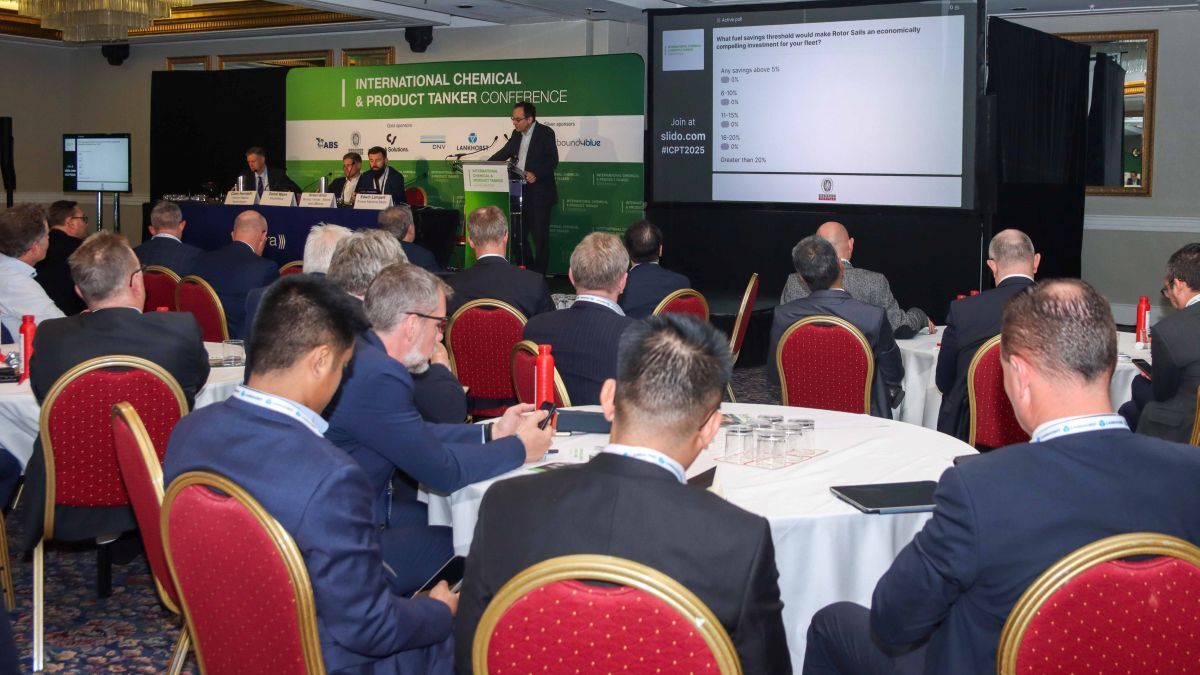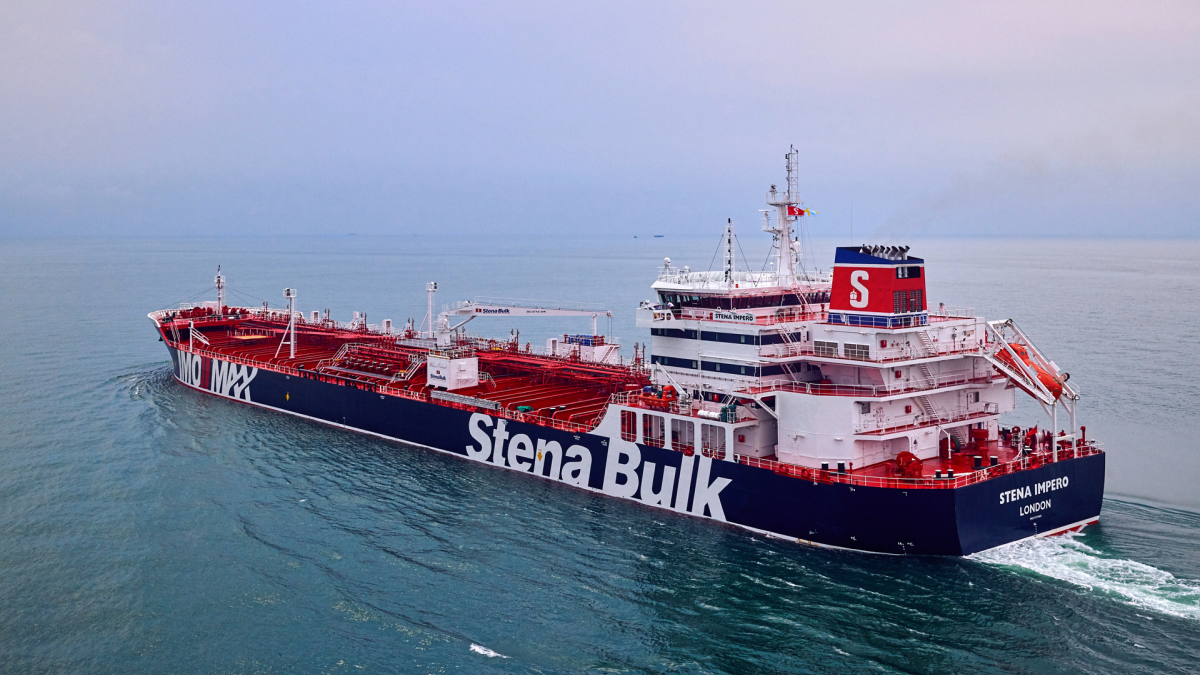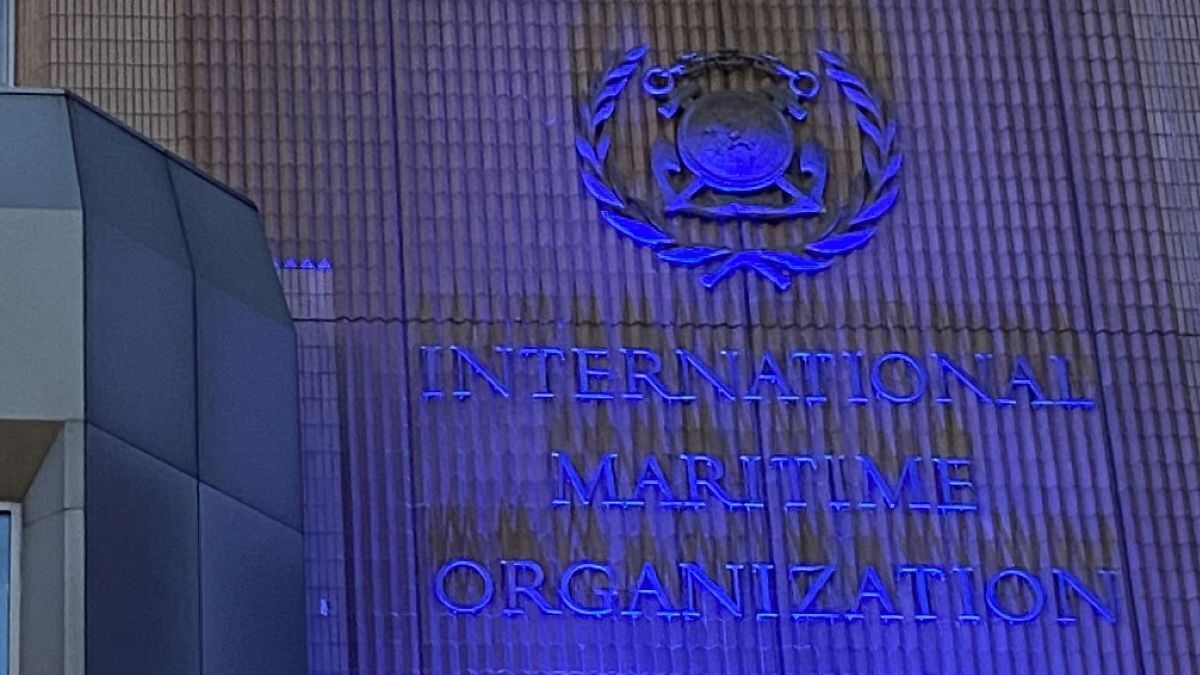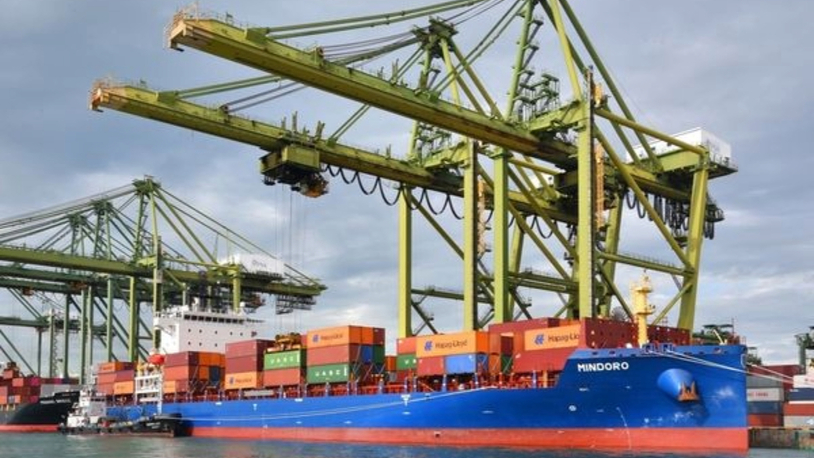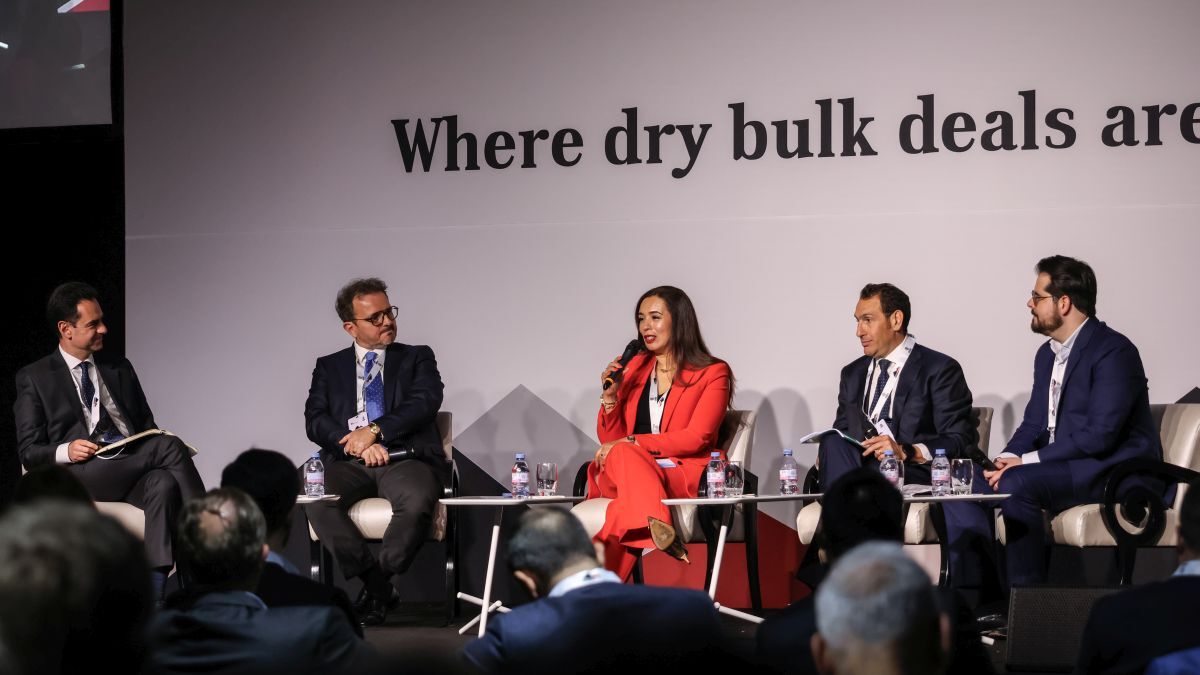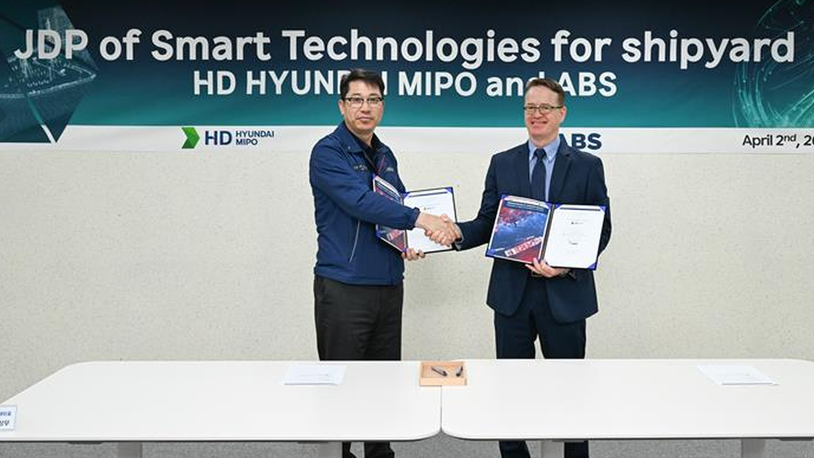Business Sectors
Events
Contents
Register to read more articles.
Scrubbers: innovation in the box ship market
Newly developed scrubber solutions are entering the container ship market
The scrubber market has started innovating when it comes to carbon capture and storage-ready systems and reducing fine particulate matter.
Wärtsilä has received its first order for carbon capture and storage-ready scrubber systems (CCS-ready scrubbers) which will be fitted to container ship newbuildings.
The order was booked in Wärtsilä’s order intake November 2022 and delivery is expected to take place in 2023.
Four 8,200-TEU container vessels, being built at an undisclosed Asia-based yard, will be fitted with Wärtsilä’s CCS-ready 35-MW scrubber in an open-loop configuration.
The scrubbers are termed CCS-ready because, as part of their installation, Wärtsilä will perform additional design and engineering work to ensure future retrofits for a full CCS system on the vessels has been accounted for during the newbuilding construction stage.
Wärtsilä says it will take measures to ensure adequate space for the future installation of the CCS system, incorporate considerations for minimising idle load and optimising utilities, and prepare the control and automation system accordingly. CCS-ready scrubbers will also be designed for integration with a particulate matter filter.
Having a CCS-ready solution assures the shipowner it has continued regulatory compliance for SOx emissions today and opens the door to smooth CCS system adoption in the future.
By installing scrubbers that have been designed with the space and capabilities to have a CCS unit added, Wärtsilä says it is enabling shipowners to futureproof their existing assets, while remaining competitive and compliant.
Wärtsilä Exhaust Treatment Asia director Scott Oh says, “We are very excited to announce this world-first order for our CCS-ready scrubber solution. By investing in a CCS-ready scrubber, shipowners will futureproof their assets and enable a smooth transition to CCS adoption once the technology is mature in the very near future. CCS is one of the key solutions to enable maritime decarbonisation in a short timeframe, and we look forward to progressing our technology further.”
Wärtsilä is currently testing its CCS system at a 70% capture rate and a pilot installation will take place within the next 12 months.
CR Ocean Engineering (CROE) is also developing scrubber innovations.
CROE has developed a combined system that can be used for newbuilds or added to scrubbers already installed. It started a trial on a European ferry in February this year.
CROE senior advisor Nick Confuorto explains, “The pilot will demonstrate the significant reduction of the dangerous fine particles and very fine black carbon emissions. This will work in conjunction with our SO2-reducing scrubbers or separately if the ship is using low sulphur fuels.”
Mr Confuorto says, “We anticipate completing installation and commissioning mid-year. The system will then operate for three to four months after which the data will be evaluated, and the results published.”
On the subject of CO2, he says, “Although much discussion is being had about CO2, most shipowners are still waiting until technologies are matured and regulations are implemented. We have been preparing for and evaluating the eventual CO2 market, but at this stage we are not yet actively marketing our CCS technology.”
Asked how he thinks the market will develop in terms of carbon capture and storage scrubber systems, he comments, “As it was for the scrubbing systems, I don’t anticipate seeing much activity until deadlines are reached and penalties are issued. Once that happens, I believe this CCS market will be very large and many large companies will enter it. Unfortunately, there is still one big issue to be resolved and that is the disposal of the captured CO2. As vendors, we can design and fabricate systems that capture, compress and store the CO2. However, that must then be disposed of in a manner that results in a clear net reduction the CO2. Presently, there are ways of achieving that, but there are not enough alternatives and not enough capacity.
“If we cannot successfully, environmentally and economically dispose of the CO2, nothing can be achieved on a grand scale. One approach I like is converting the CO2 into a fuel that can then be used on ships. Achieving that on a grand scale reliably should be the goal.”
CROE has developed a new water treatment system, but Mr Confuorto says, “Surprisingly, even though there have been a few unfounded concerns about open-loop scrubbers, all the new awards have been for open-loop scrubbers. Therefore, because they were open-loop scrubbers, our advanced water treatment equipment was not required. We continue to market that equipment as a retrofit to existing open-loop systems or as part of new closed-loop or hybrid systems. Recently, we have seen a few RFQs for closed-loop and hybrid systems but the clients have not yet decided on the final design.”
During last year and the beginning of this year, CROE has been awarded several scrubber projects for various cargo ship applications. Mr Confuorto says, “Because of the high differential and associated high savings, last year there could have been more scrubber awards. However, the shipowners could not take the container ships out of service because they were making too much money with them in operation. This year, the ships are more available, but the differential has dropped a little. The scrubber business is complex and dependent on many factors which are out of our control. Long term, however, scrubbing still makes sense and can still provide significant savings to the operator even at a lower differential.”
In the past few months, CROE has worked on three cargo ships and expects to see several more this year.
Meanwhile, Yara chief sales officer Aleksander Askeland highlights the attractive market for scrubbers, saying, “With fuel prices continuing to fluctuate in 2023 and unlikely to resolve soon, shipping has sought immediate viable solutions for compliant and competitive operations. This post-Covid realisation of the market and increased interest in scrubbers is likely to continue for the foreseeable future, particularly for larger vessels running on conventional fuels.”
But he warns, “However, we expect this as a steady market that is unlikely to experience a boom like the one in 2019. This steadiness can be attributed to the fact that as the market and investments for retrofitting older vessels begin to ease, newbuilds still require solutions for the lifespan of the vessel.”
He says this is due to the combination of short- and long-term needs – the new-generation newbuilds enter the market to offer a mix of solutions that align with our ongoing realities of uncertain fuel availability and preparedness for future fuels”.
Shipping and its role in carbon capture and storage will be a key topic at the CO2 Shipping & Terminals Conference being held in London on 23 June 2023. Secure your place here.
Related to this Story
Events
Maritime Environmental Protection Webinar Week
The illusion of safety: what we're getting wrong about crews, tech, and fatigue
Responsible Ship Recycling Forum 2025
© 2024 Riviera Maritime Media Ltd.




